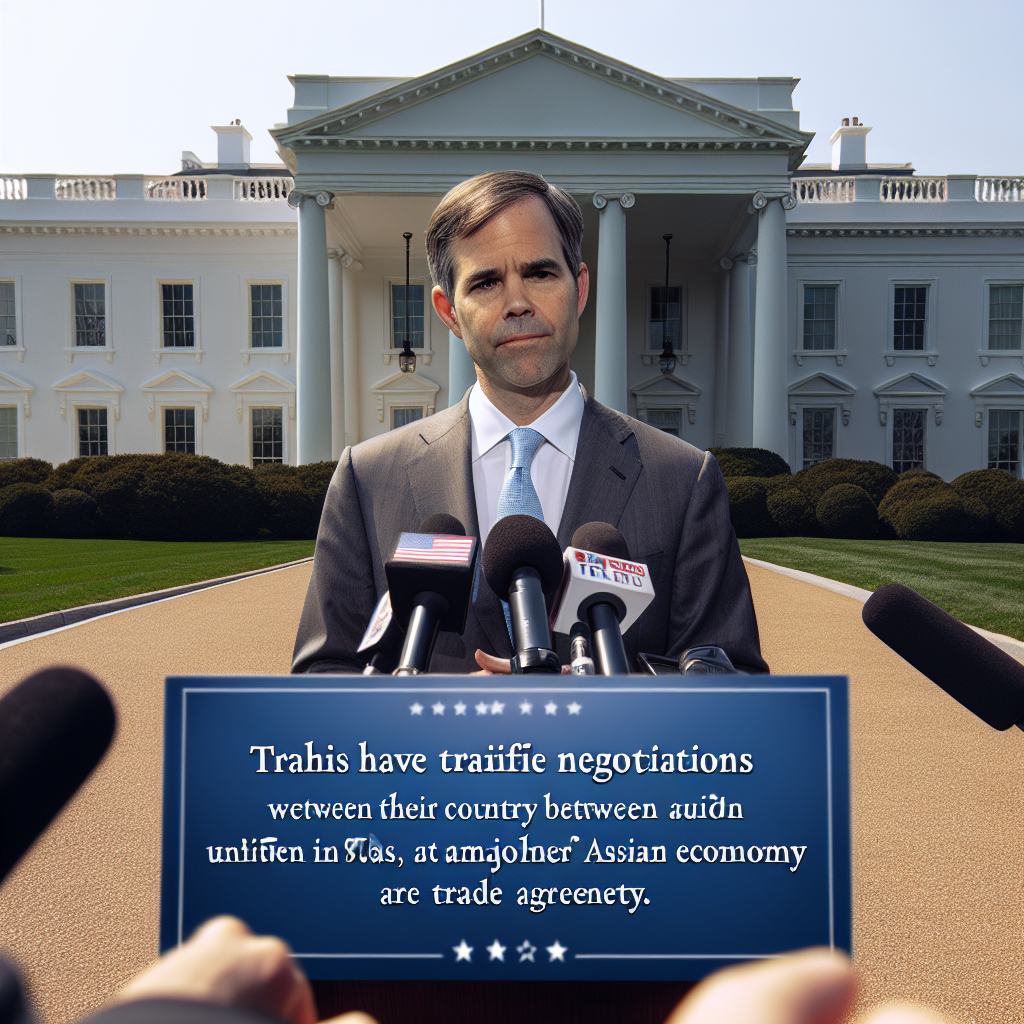On April 30, 2025, US President Donald Trump stated on Tuesday (April 29) that tariff negotiations between the United States and India are progressing smoothly, with the possibility of reaching a trade agreement. Speaking to the media outside the White House, he mentioned that the negotiations were going “very smoothly” and he expressed optimism about the final outcome.
US Secretary of Commerce Howard Lutnick revealed in an interview with CNBC earlier that day that the US has successfully completed the first trade agreement with an unnamed country, pending approval from the country’s prime minister and parliament before the formal announcement. He emphasized that the agreement is expected to permanently implement the “reciprocal tariff” principle advocated by the Trump administration.
US Treasury Secretary Scott Bessent also stated on Monday that India may become one of the first countries to sign a trade agreement with the United States, with the agreement possibly finalized as early as this week or next, although he did not disclose further details.
Bessent pointed out that compared to other countries, India has less intervention in non-tariff barriers, currency manipulation, and government subsidies, making the negotiations relatively smooth. He expressed this view at the annual meetings of the World Bank and the International Monetary Fund (IMF) last week.
For India, this agreement is crucial. If it is not reached on time, Indian products exported to the United States could face punitive tariffs of up to 26%, affecting industries such as agriculture, processed foods, automotive parts, high-end machinery, medical equipment, and jewelry.
According to Reuters, to avoid the impact of tariffs, the Indian government has proposed a series of concessions, including lowering import tariffs on US frozen meat and agricultural products, and seeking tariff preferences for its labor-intensive goods. In addition, India has also expressed willingness to include the “most favored nation treatment” clause in the agreement to ensure that the US enjoys the same preferential treatment as other trading partners.
US Vice President J.D. Vance recently visited India and held high-level talks with Indian Prime Minister Narendra Modi to further advance bilateral trade negotiations. Discussions were held on energy, defense, and strategic technology cooperation, with a goal set to increase bilateral trade to $500 billion by 2030.
Encouraged by this news, the Indian stock market performed strongly. On Tuesday, the NSE Nifty 50 index rose by 0.28%, and the BSE SENSEX index increased by 0.29%. Foreign investors have bought a net of $4.1 billion worth of Indian stocks in the past nine days, marking the longest consecutive buying streak since July 2023.
Once the agreement is formally reached, it will be the first trade agreement of the Trump administration’s second term, symbolizing a tangible step forward in its “reciprocal tariff” policy.

